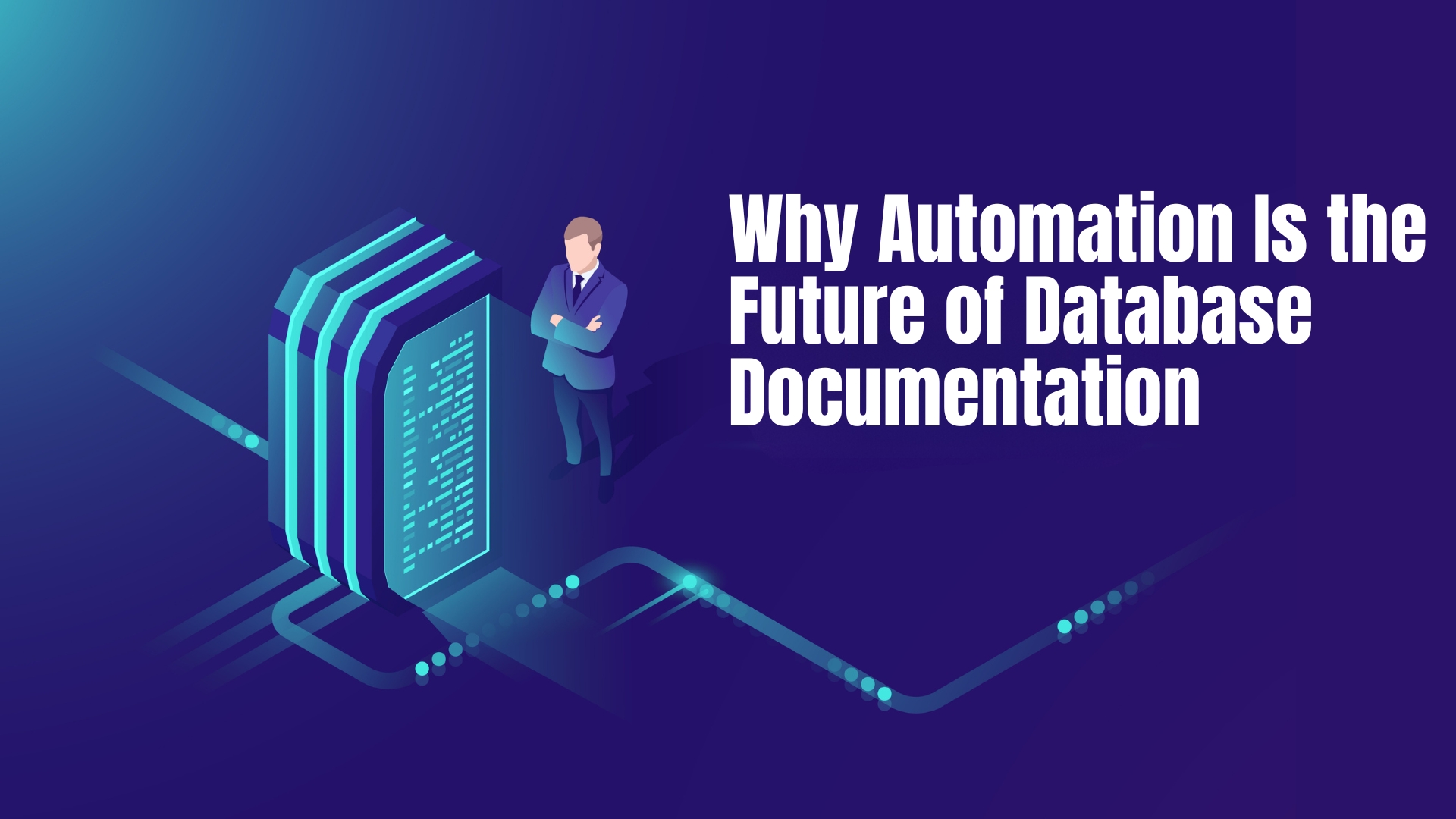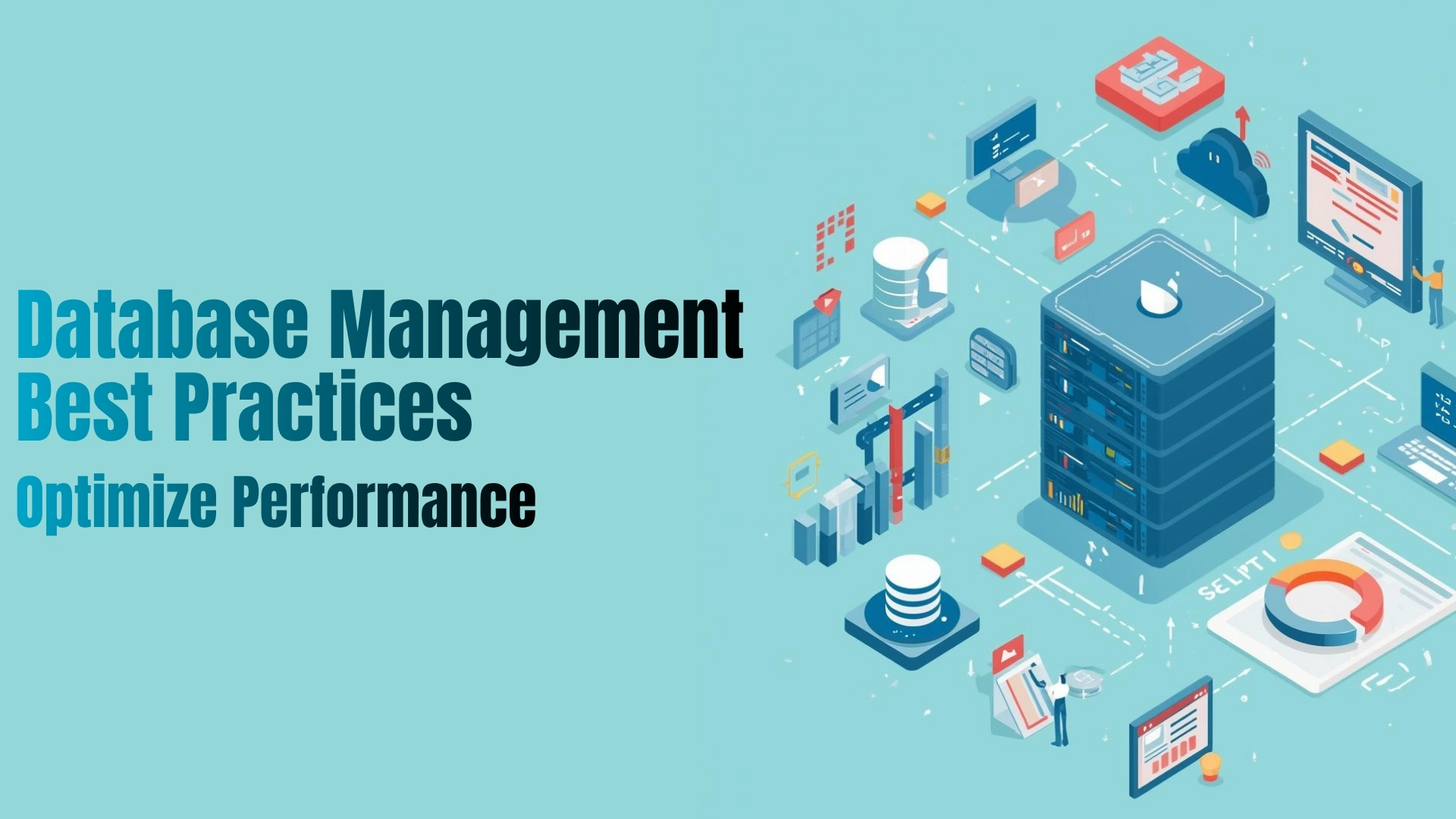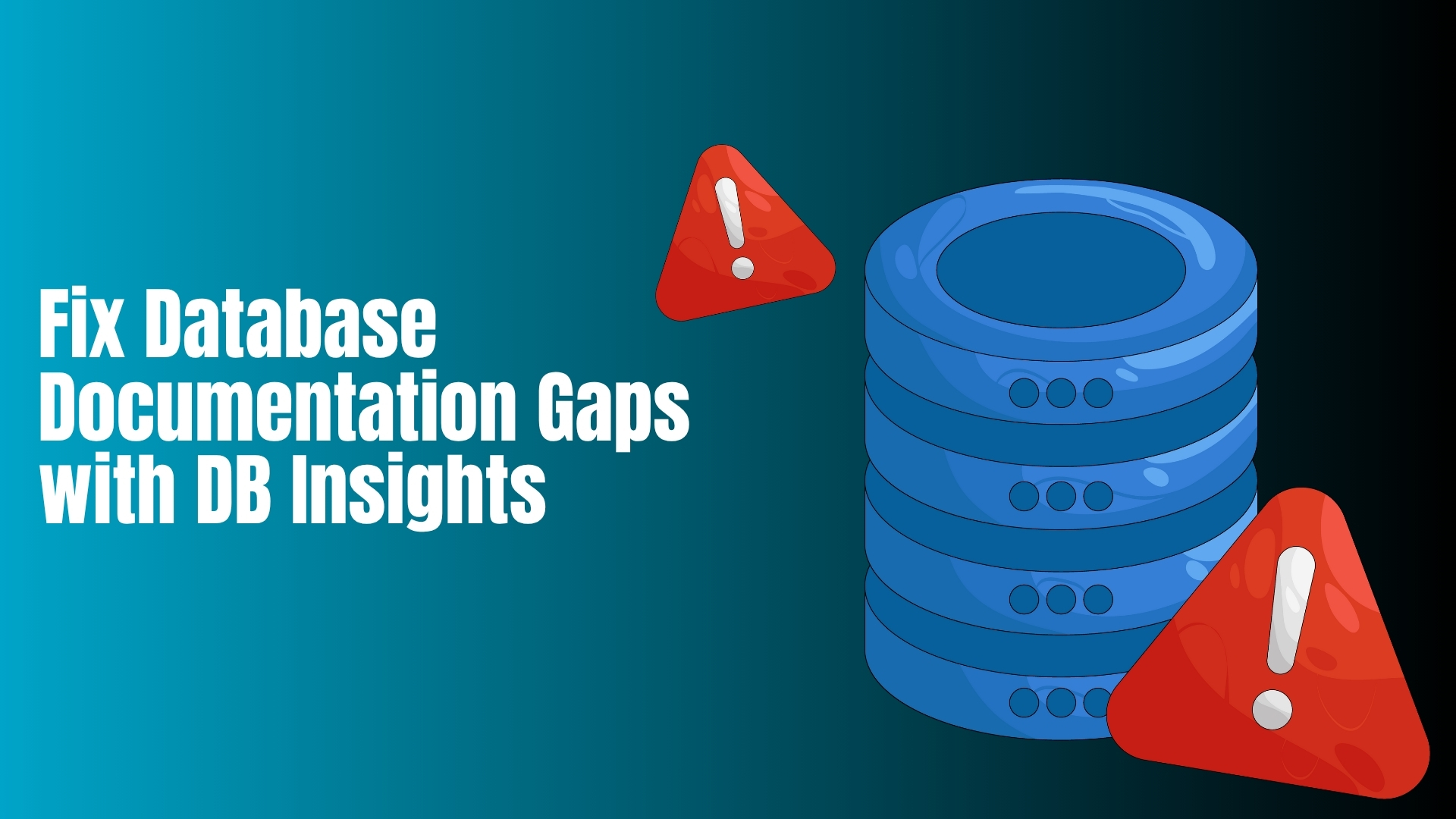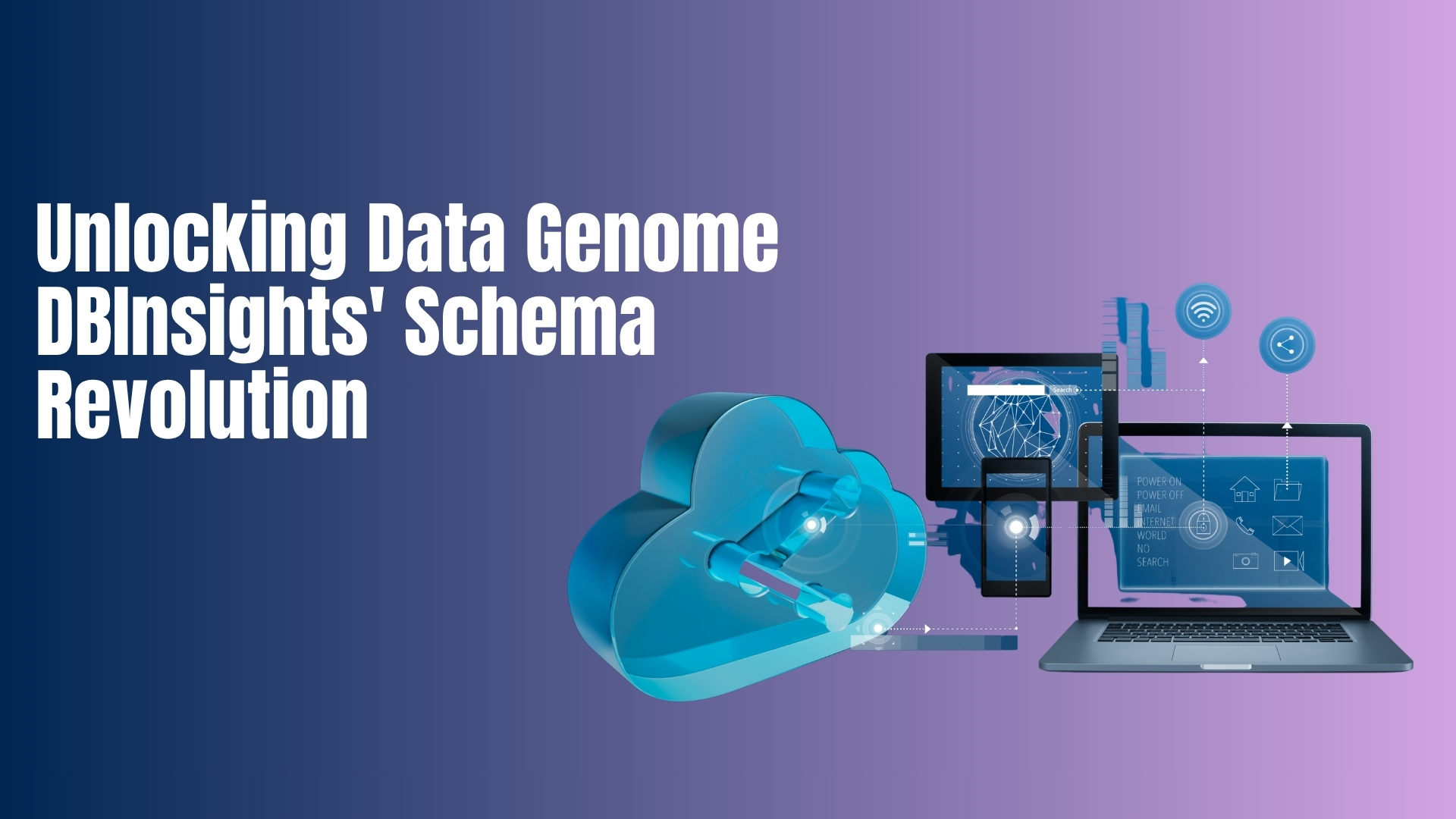In today’s data-driven world, data accuracy, accessibility, and security are critical for every enterprise. Organizations depend on structured data across systems like Microsoft SQL Server, Access Database, and MySQL Database to power analytics and applications. However, one persistent challenge remains keeping database documentation accurate and up to date.
That’s where automation and AI for data management are transforming how teams document, monitor, and secure data. Platforms like DBInsights.ai introduce precision, speed, and real-time intelligence, turning database documentation from a tedious manual process into a dynamic, automated experience.
What Are the Challenges with Manual Database Documentation?
Traditional documentation methods require DBAs and developers to manually record schema structures, dependencies, and relationships. As systems expand including document databases, real-time databases, and hybrid architectures manual documentation becomes increasingly inefficient and risky.
Common Pain Points in Manual Documentation
- Data Inconsistency: Manually written documentation quickly becomes outdated.
- Complexity: Managing schema documentation across multiple database types (like MySQL, Access, or Microsoft SQL Server) is cumbersome.
- Knowledge Gaps: New team members struggle to understand undocumented systems.
- Compliance Risks: Missing or outdated documentation causes issues during audits.
With modern real-time database environments evolving constantly, manual documentation simply cannot keep pace with schema changes and data volume growth.
How Automation Transforms Database Documentation
Automated database documentation tools have revolutionized how organizations manage and maintain data assets. Instead of manually updating each table or column, automation tools automatically extract metadata, generate schema documentation, and visualize entity relationships in real time.
Solutions like DBInsights.ai integrate directly with Microsoft SQL Server, Access Database, and MySQL Database Documentation systems to keep all information synchronized automatically. Every schema change no matter how small is instantly reflected, ensuring consistency and accuracy across environments.
Why Automation Is the Future of Database Documentation
Automation is not just an efficiency upgrade it’s the foundation for scalable, compliant, and intelligent data ecosystems.
1. Real-Time Accuracy and Updates
Automated tools ensure your documentation always mirrors your real-time database structure. Any change whether adding a table, modifying relationships, or adjusting schema updates instantly, preventing version conflicts and reducing human error.
2. Time and Resource Efficiency
Manual documentation can take hours per database, but automation cuts that time to minutes. Developers and DBAs can shift their focus to higher-value initiatives like data optimization and architecture innovation.
3. Unified Schema Documentation Across Systems
Automation creates standardized documentation for diverse databases, including MySQL, Access, and Microsoft SQL Server. This unified approach streamlines governance, reporting, and compliance workflows.
4. Simplified Data Governance and Compliance
Centralized, AI-driven schema management enhances visibility into how data moves across systems. With AI for data management, teams can maintain compliance, ensure traceability, and strengthen data integrity across every document database or hybrid data model.
The Role of AI in Modern Database Documentation
The future of documentation is not just automated it’s intelligent. AI for data management goes beyond repetitive tasks, adding analytical insight to database documentation.
How AI Enhances Documentation
- Intelligent Schema Interpretation: AI models identify redundant tables and missing documentation.
- Anomaly Detection: Algorithms pinpoint inconsistencies in data structures.
- AI-Powered Document Fraud Detection: Extends beyond schema tracking to detect suspicious or non-compliant records.
Tools like DBInsights.ai leverage AI to bring security, intelligence, and automation together ensuring that both structured and unstructured data within real-time databases remain accurate and compliant.
By combining automation and AI, organizations can shift from static records to living, intelligent documentation ecosystems.
Business Benefits of Automated Database Documentation
| Benefit | Impact |
| Reduced Manual Effort | Automates schema documentation and change tracking. |
| Higher Accuracy | Maintains real-time consistency with automated updates. |
| Better Collaboration | Creates unified visibility across Microsoft SQL Server, MySQL, and Access Database systems. |
| Enhanced Compliance | Keeps documentation audit-ready with version control. |
| AI-Driven Insights | Utilizes AI for data management and anomaly detection for smarter operations. |
Automation not only saves time but also reduces operational risks, strengthens compliance, and enhances trust in organizational data.
How DBInsights.ai Simplifies Database Documentation
DBInsights.ai is an advanced Access Database documentation tool built for automation and AI-driven intelligence.
Key Features of DBInsights.ai
- Automated schema extraction for Microsoft SQL Server
- Support for MySQL Database Documentation and Access Database environments
- Real-time synchronization with evolving real-time databases
- AI-driven data management for optimized performance
- Exportable documentation for audits, compliance, and collaboration
With DBInsights.ai, businesses can visualize database relationships, track schema evolution, and maintain audit-ready documentation without manual intervention.
What’s Next: The Future of Database Documentation
The evolution of database documentation is accelerating with automation and AI-powered intelligence. As enterprises expand across hybrid systems and document databases, automation will become indispensable for maintaining control, compliance, and visibility.
Emerging Trends in Automated Documentation
- AI-based Schema Optimization: Improves performance and reduces redundancy.
- Automated Anomaly Detection: Validates data integrity across systems.
- Integrated Compliance Documentation: Streamlines reporting for regulations like HIPAA and GDPR.
- Cross-Database Intelligence: Unifies SQL, document, and real-time database systems for end-to-end visibility.
Organizations embracing automation today will lead tomorrow’s data revolution where documentation evolves automatically alongside business growth.
Conclusion
Automation isn’t just improving database documentation it’s redefining it. With AI for data management and tools like DBInsights.ai, businesses can achieve real-time accuracy, compliance, and efficiency across Microsoft SQL Server, MySQL, and Access Database ecosystems.
In a world driven by rapid data evolution, automated documentation ensures every schema, table, and data relationship stays transparent, reliable, and intelligent. The future of database documentation is automated, AI-powered, and already here.
FAQ’s
What is database documentation automation?
It’s the use of intelligent tools to automatically generate and update schema documentation, removing the need for manual input and ensuring real-time accuracy.
How does AI improve database documentation?
AI for data management interprets schema relationships, detects anomalies, and supports AI-powered document fraud detection, improving both accuracy and security.
Which databases does DBInsights.ai support?
DBInsights.ai supports Microsoft SQL Server, MySQL Database Documentation, and Access Database environments
Why is automation essential for real-time databases?
As real-time databases constantly evolve, automation ensures documentation remains current, consistent, and compliant without human intervention.





